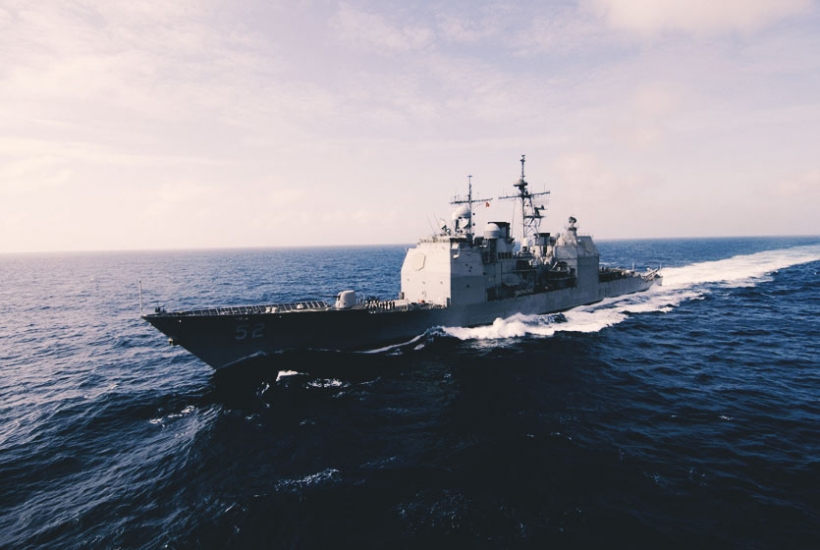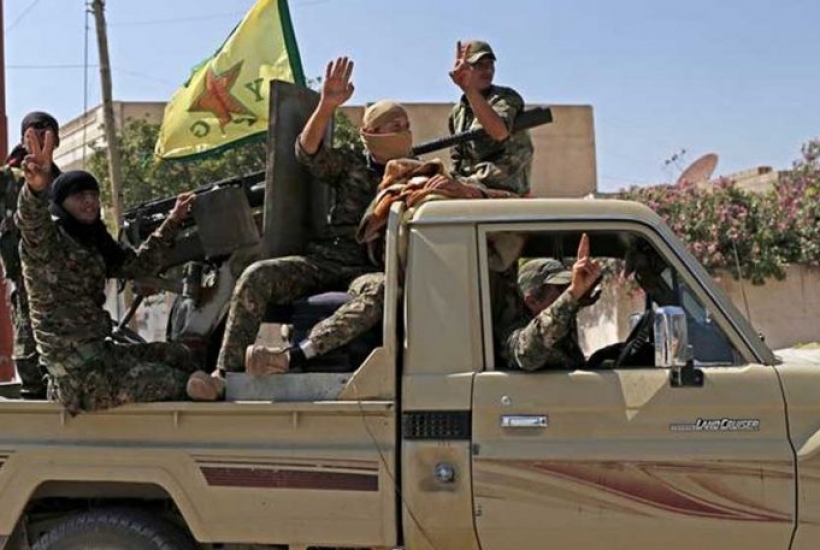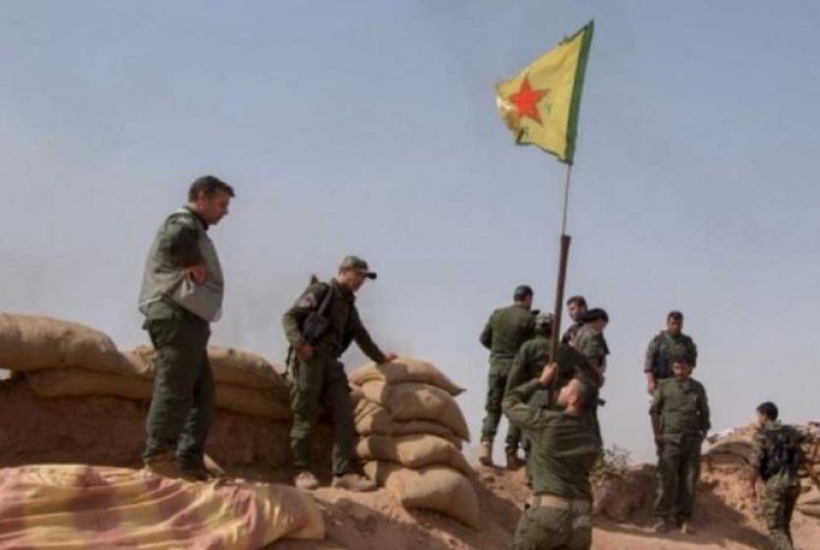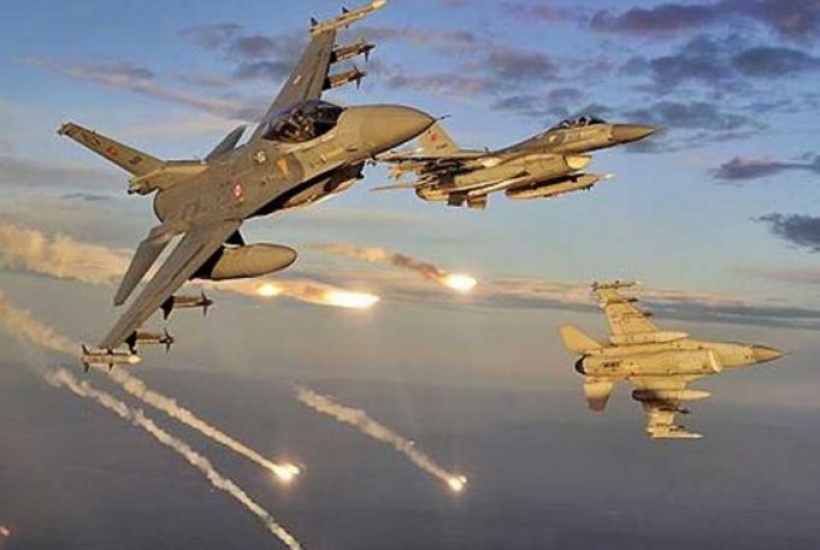Infographics
Use of Chemical Weapons in the Period Between 12 October 2012 – 8 April 2018
Chemical weapons are believed to have been first used in mid 2012. On the 2th of August US president Obama proclaimed that the use of chemical weapons is a red line for the US.
The most violent chemical weapons attack was on opposition-held Douma to the east of Damascus on the 23th of August 2013
The UN Security Council Resolution 2118 on the 27th of September 2013 states that the Assad regime needs to follow a timeline for the neutralization of its chemical weapons stockpiles and chemical weapons production facilities.
On the 4th of April 2017 the Assad regime executed a chemical weapons attack on Khan Sheykhoun in Idlib. Regime airplanes bombed the area of Khan Sheykhoun in southern Idlib with chlorine gas killing more than 100 civilians, most of whom were children, and affecting 500 more.
After the attack on Khan Sheykhoun, the use of chemical weapons has been seen in 11 more different places.The latest chemical weapons attack was on the 7th of April 2018 again in Douma where 40 civilians lost their lives.
The US has Conducted a Cruise Missile Strike Against a Syrian Regime Airbase
The US has Conducted a Cruise Missile Strike Against a Syrian Regime Airbase
Syrian Rebel Brigades Participating in the Operation Olive Branch [18 January 2018]
Syrian Rebel Brigades Participating in the Operation Olive Branch
The operation Olive Branch has been started Turkey accompanied by Turkish-Backed Free Syrian Army forces against the terrorist organisation YPG settled in Afrin on January 20TH 2018. Prior to the operation, the Free Syrian Army groups had gathered together under Syrian National Army. The National Army is composed of 4 main components:
-First Corps
-Second Corps
-Thir Corps
-Special Forces
The opposition groups which are linked to Syrian National Army and participating in the Operation Olive Branch currently going on, are as follows:
Weapon systems used by YPG
Weapon systems used by YPG
Since the start of the civil war, a huge and steady flow of arms and weapons to Syria from around the world either to the Syrian rebels or directly to the Assad regime can be observed. These weapons can be anti-tank weapons, anti-material or anti-armor, anti-personnel and anti-air or anti-aircraft weapons. As the rebels are fighting against each other or against the regime these weapons change hands between the regime and rebels often. When a rebel group or the regime captures an area, it also often manages to capture weapon stockpiles left behind by its enemy. Hence, some weapons are known to have changed hands several times in the 7-year long conflict. Therefore, nobody is surprised when a weapon given by Russia to the regime to be used against the rebels, can later be seen in the hands of the Syrian rebels instead.The PKK’s Syrian branch, the YPG, is one of the groups affected by this arms exchange. Yet the YPG is the group that receives the most foreign aid compared to the other Syrian opposition groups. The YPG has improved its inventory enormously with the support from the US and European states. The YPG has various weapon systems in its inventory and as a result of open-source analysis, the weapon systems in the inventory of the YPG have been identified.
Airstrike of the international coalition in syria within 2017
Airstrike of the international coalition in syria within 2017
According to datas provided by Centcom; the US-led international Coalition conducted 8,050 airsteikes in Syria. A concentration of the international Coalition on Raqqa is visible. After the US-supported operation of the YPG, Raqqa got massively destroyed. Raqqa sustained from 5,478 airstrikes in 2017. Additionally, DeirEzzor with 993 airstrikes, Abu Kamal with 705 airstrikes, Tabqah with 393 airstrikes and, Shadadi with 210 airstrikes were among the primary target od the international Coalition. On the other side, the international Coalition supported Syrian rebels and Turkish Armed Forces against ISIS with 56 airstrikes in Al-Bab in 2017 while supporting the Assad regime and allied militias against ISIS with 80 airstrikes in Palmyra in 2017.










